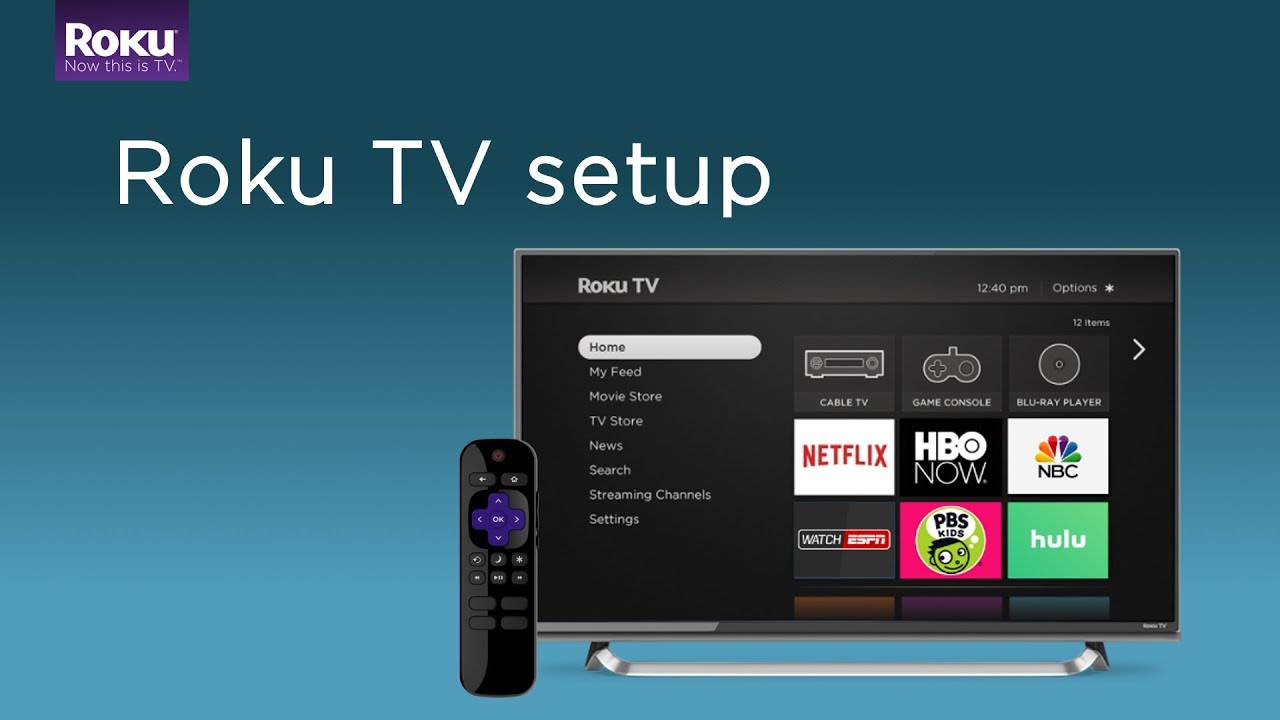
Indecisive about your choice between a plenum HDMI cable and a non-plenum variant? Are you uncertain about the necessity of a plenum space within your building project? Are you seeking answers regarding the compatibility of non-plenum-rated wires in conduits? All these questions shall find comprehensive illumination within the confines of this discourse. In this exposition, we shall delve into the intricacies of plenums and Hybrid Active Optical Fibre.
The Plenum Cable's Precise Necessity:
The space above the suspended ceiling, commonly known as a plenum space, functions as the conduit for expelling the return air generated by the building's occupants, instead of the air ducts typically used for the intake of fresh air from the HVAC unit's exterior.
This area, while pivotal for airflow, is unfortunately susceptible to the rapid propagation of fires due to the elevated air velocity. The application of non-plenum plastic cables in this environment could exacerbate the fire's spread, leading to the dispersion of harmful smoke throughout the structure.
The primary objective of this system is to curtail the advancement of fire along the cable, thereby averting its progression throughout the entire edifice. Hence, the adoption of plenum-rated cables becomes an unequivocal imperative.
The Merits of Employing Plenum-Rated Cables:
The plenum-rated cable boasts protection against fire through the incorporation of a Teflon jacket or an equivalent fire-resistant outer layer.
In the event of a conflagration, the plenum-rated HDMI cable is engineered to fulfill the following functions:
Restrict the fire's extension to a mere five feet.
Minimize exposure to potentially harmful smoke by autonomously extinguishing the fire.
The Mechanism Behind Active Optical Cables:
Active optical cables (AOC) employ optoelectronic modules situated within their connector heads to facilitate the transmission of data from an electrical source to an optical one. In stark contrast to passive copper cables, which transmit signals directly along the copper conductor, AOC necessitates additional signal conversions. By harnessing a dedicated chipset or driver and laser technology, an active optical cable can transform electrical signals into light. Subsequently, at the opposite terminus of the cable, photons undergo a conversion back into electrical signals.
Rationale for Investing in an HDMI Active Optical Cable:
The utilization of active optical cables harnesses the power of optical fibers for data transmission, endowing them with the capacity for significantly enhanced bandwidth and greater transmission distances when compared to traditional copper wires. Our 8K UHD HDMI Active Optical cables, with a maximum data transmission rate of 48 Gbps over distances of up to 40 meters, outclass standard copper HDMI connections.
Additionally, HDMI Active Optical Cables (AOC) can serve as a viable alternative for applications necessitating HDMI over fiber baluns, thereby reducing the need for extensive installation materials.
The optical fibers in AOCs provide superior protection against electromagnetic interference and result in reduced latency. Owing to the speed of light, the latency in AOCs is notably lower compared to conventional copper lines.
Unveiling the Essence of an HDMI Fiber Cable:
An HDMI fiber optic cable represents the epitome of cutting-edge technology, as it seamlessly combines the advantages of fiber optics and the HDMI specification. The latest HDMI cables are characterized by their compact, pliable, and lightweight nature, allowing connectors to be detached from the interface and plugged into the HDMI ports of various devices.
Comprehending the Operation of a Fiber Optic HDMI Cable:
Data transmission through fiber optic HDMI connections relies on the deployment of light or laser technology. Delicate glass filaments receive light pulses and transmit information. The slender dimensions of these filaments render them capable of conveying a multitude of impulses. Converters, situated at both cable ends, serve to convert light into signals and vice versa.
The Multifarious Advantages of Fiber Optic HDMI Cables:
The employment of state-of-the-art HDMI Plenum Cables, instead of older copper variants, yields several noteworthy benefits.
Primarily, the performance of a fiber optic HDMI connection remains consistently exceptional over extended distances, with no discernible signal degradation. Standard HDMI cables typically begin to exhibit signal deterioration beyond 25 feet or 7.5 meters, whereas, at 50 feet or 15 meters, the quality significantly deteriorates. The AV Access 8KH15 HDMI 2.1 fiber optic cable, capable of transmitting pristine audio and video signals with zero degradation or latency over distances of up to 15 meters, is indispensable for an immersive gaming experience.
Moreover, standard copper HDMI connections are susceptible to electromagnetic and radiofrequency interference (EMI/RFI), which can disrupt electric signals. In stark contrast, optic fiber HDMI connections remain impervious to electromagnetic and radio frequency interference, rendering audio and video transmission remarkably reliable. Several high-performance optical HDMI cables, such as the AV Access 8KH15 HDMI fiber optic cable, meet the stringent requirements of HDMI 2.1, further solidifying their credibility. Fiber optic HDMI cables also offer heightened versatility, as cable ends can be detached for connection to mobile devices and larger display screens like TVs and monitors, ensuring a seamless and adaptive user experience.
Reference From: https://www.businessporting.com/navigating-plenum-cables-and-hdmi-fiber-optics-a-deep-dive/



























